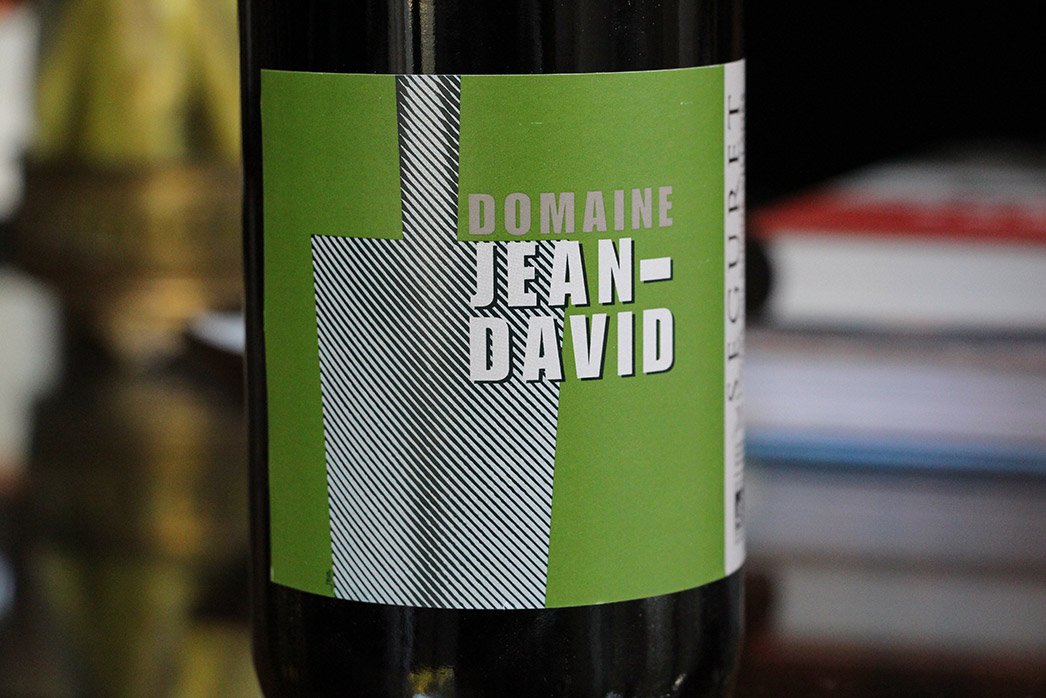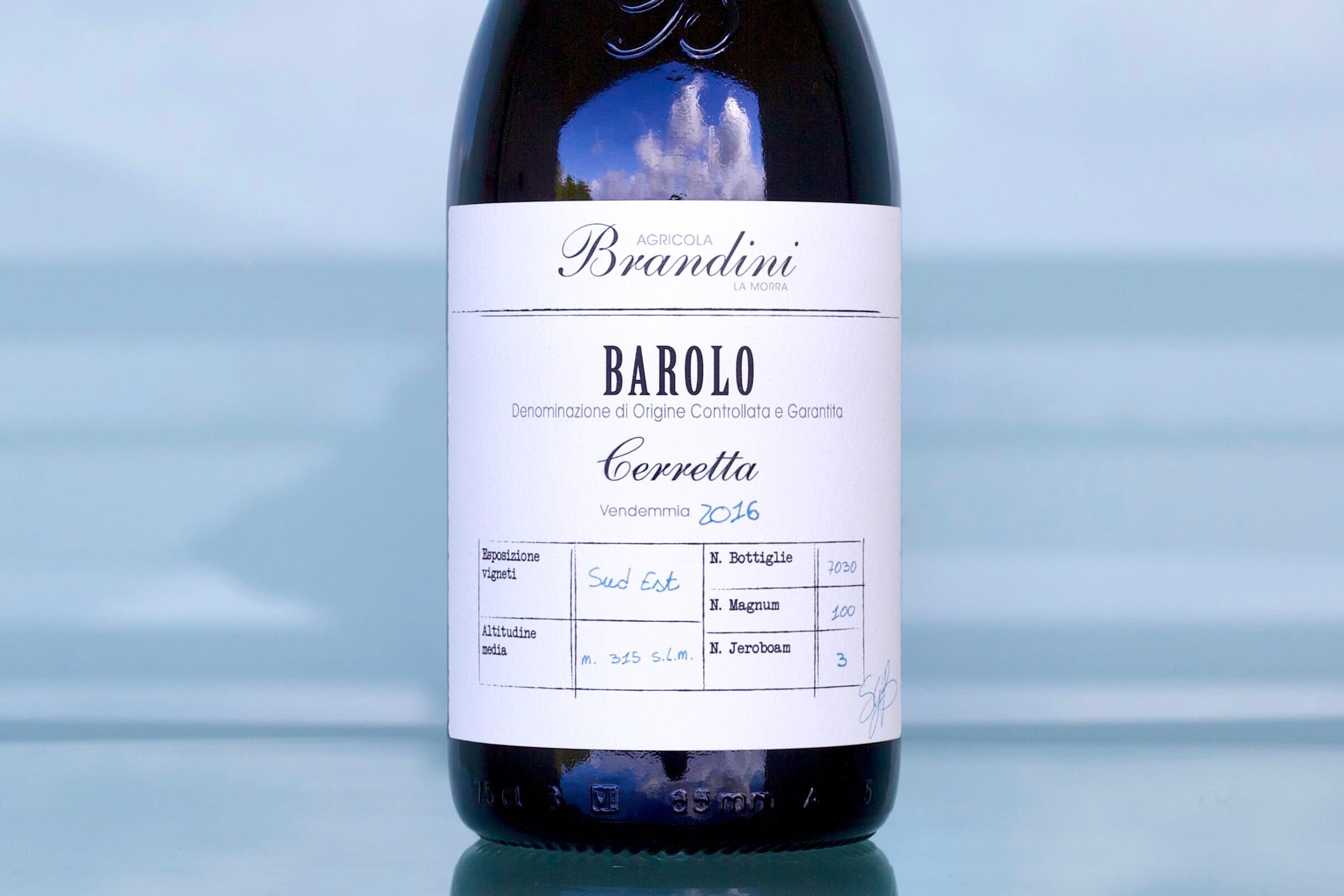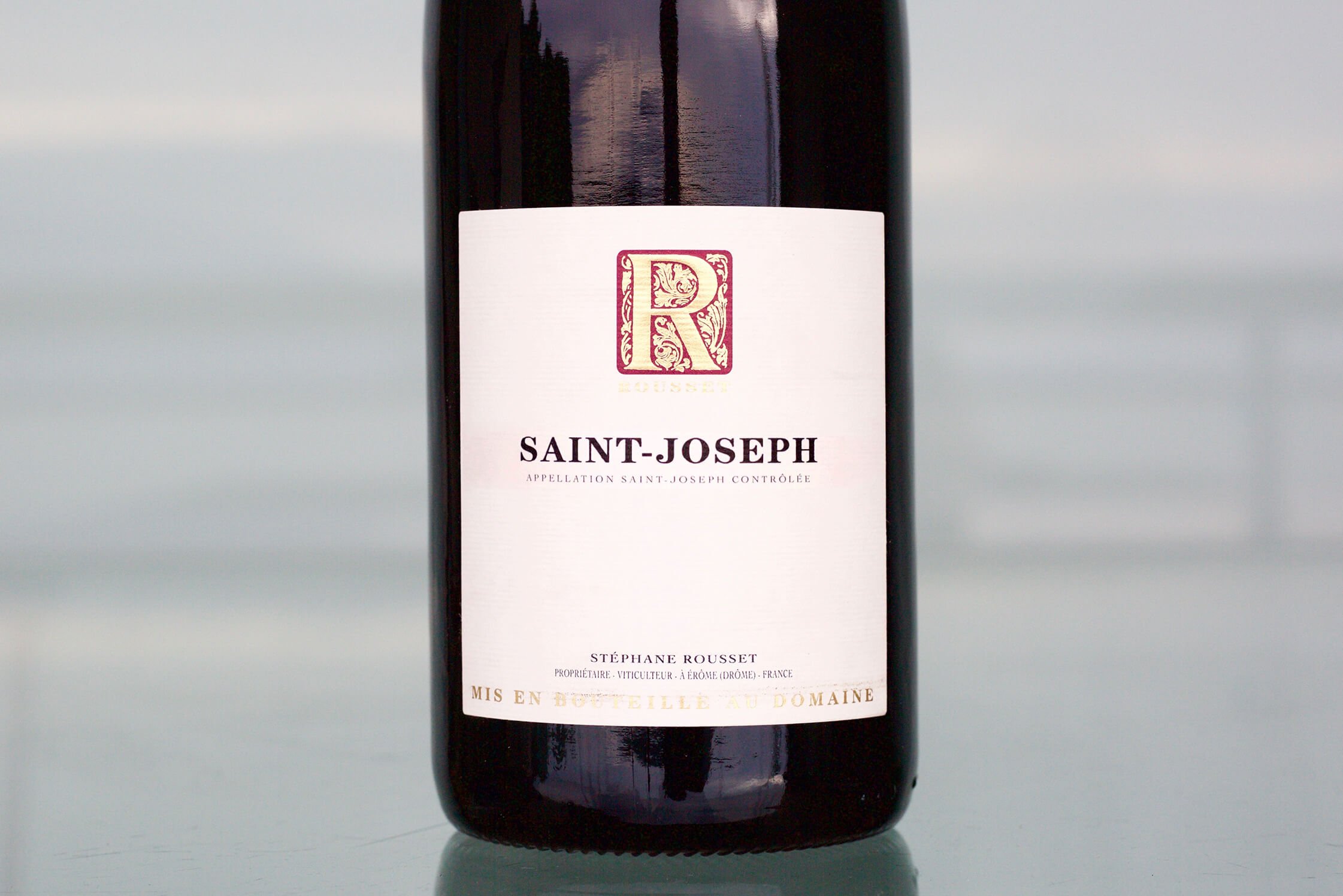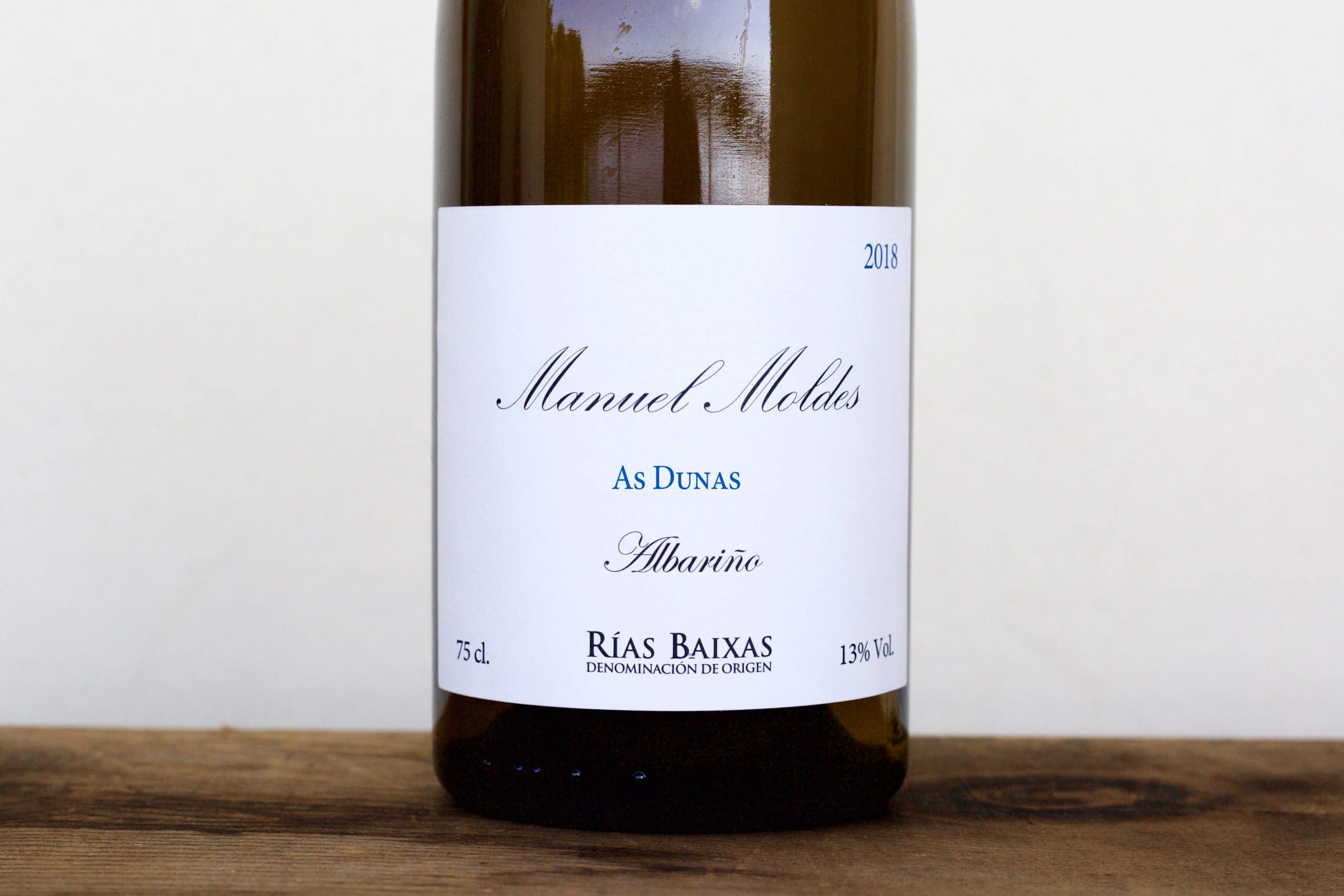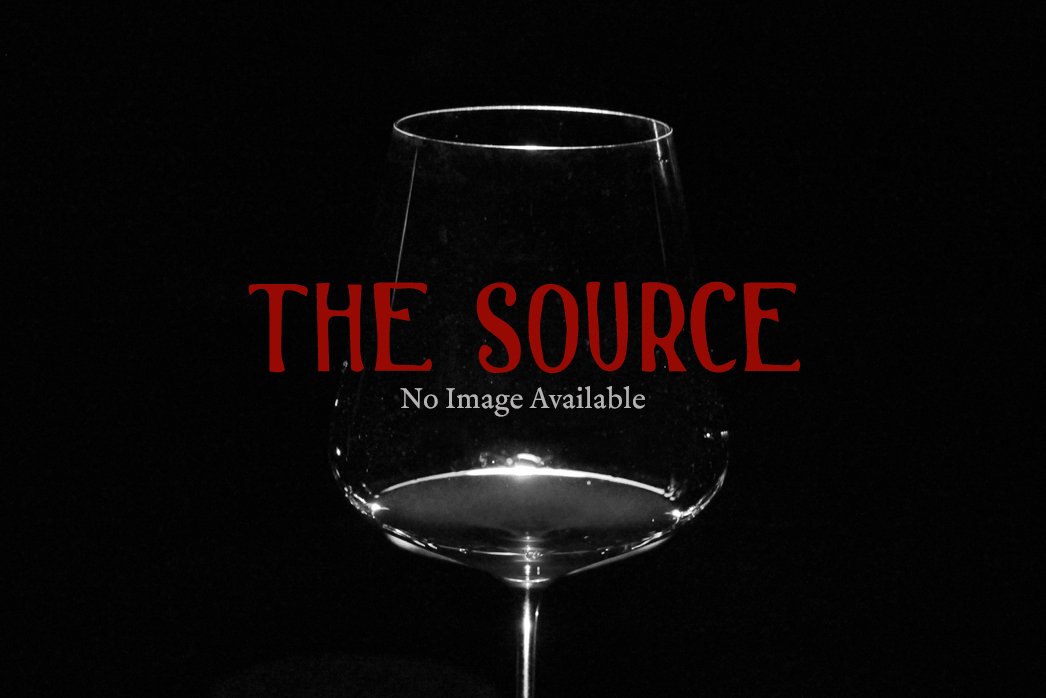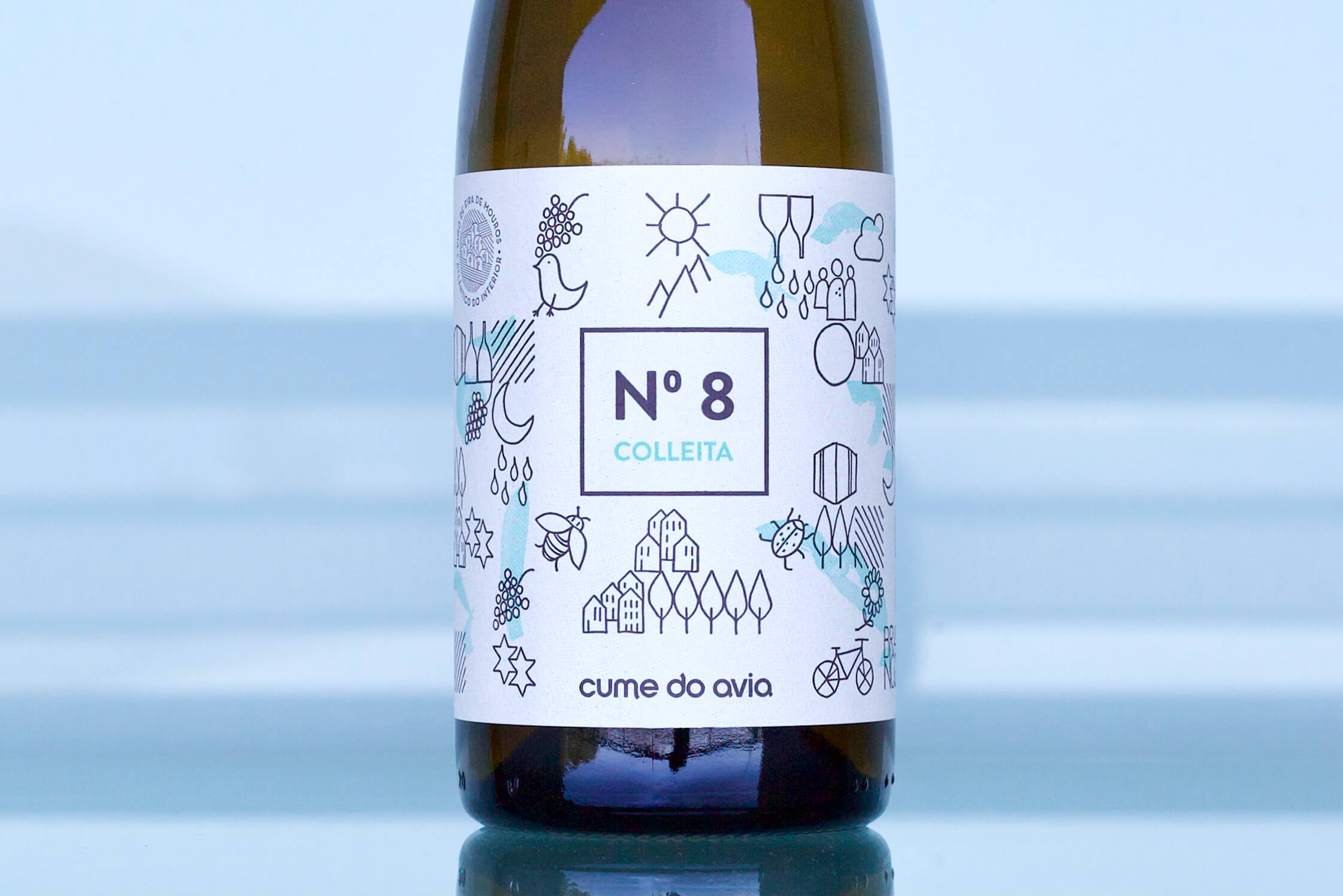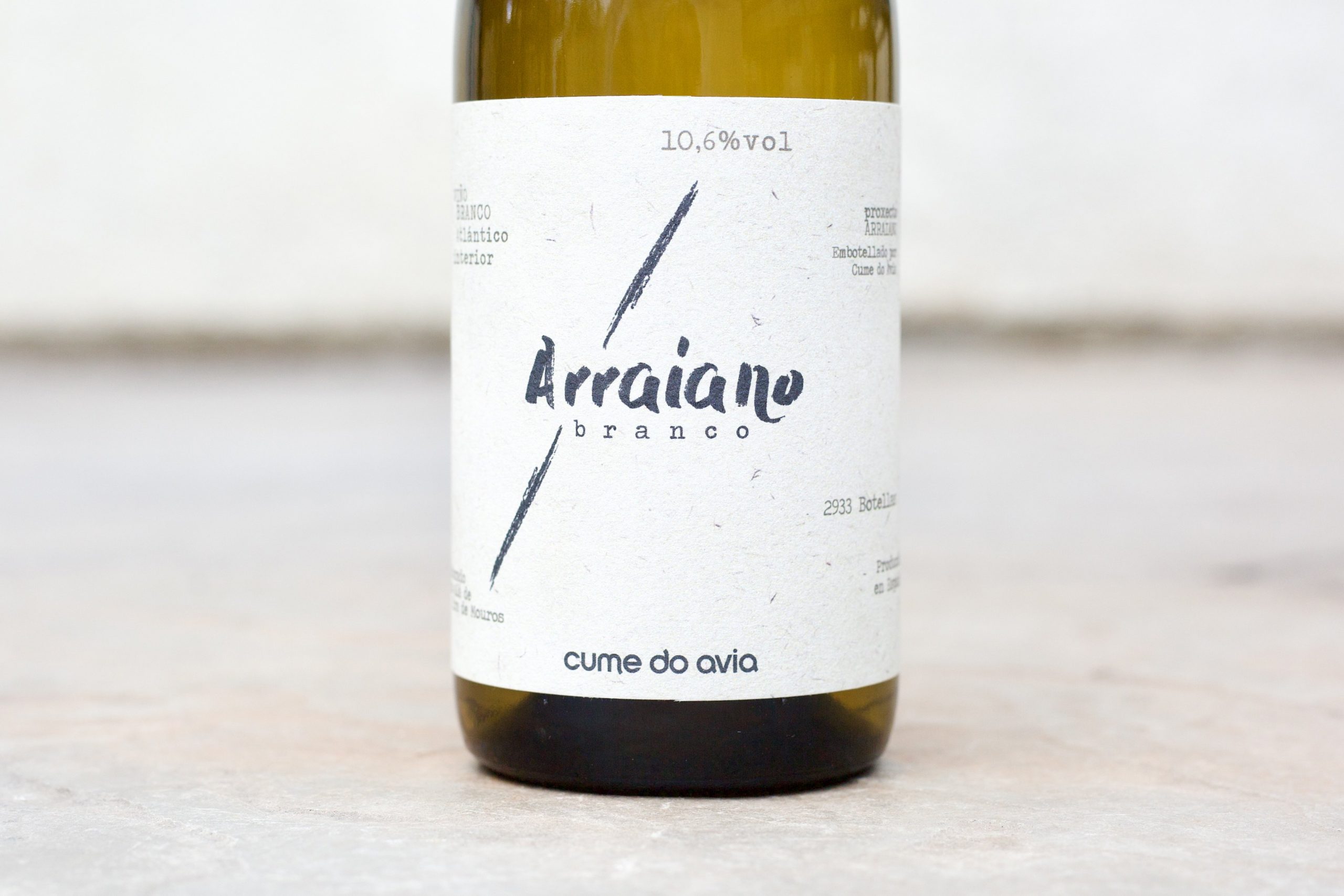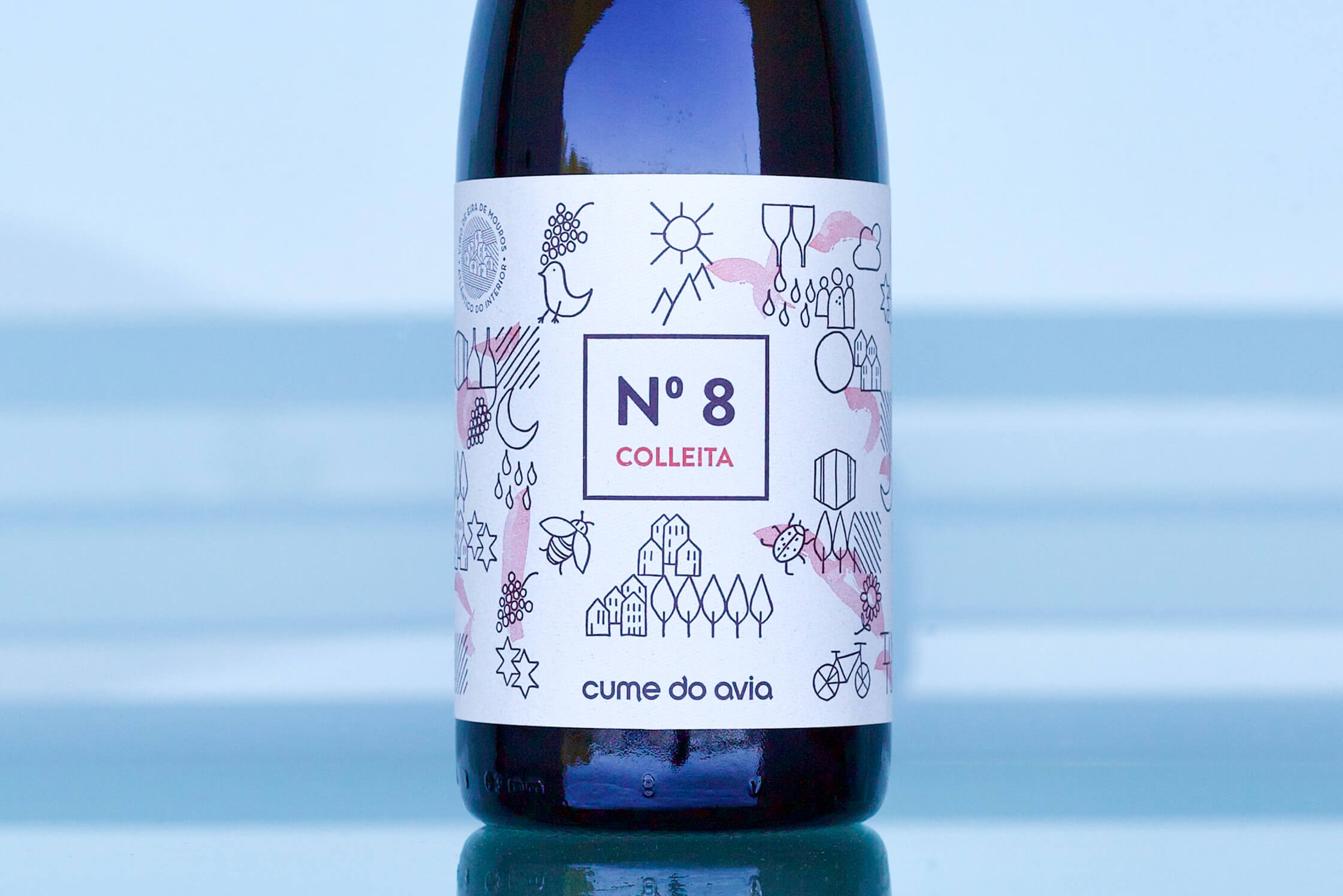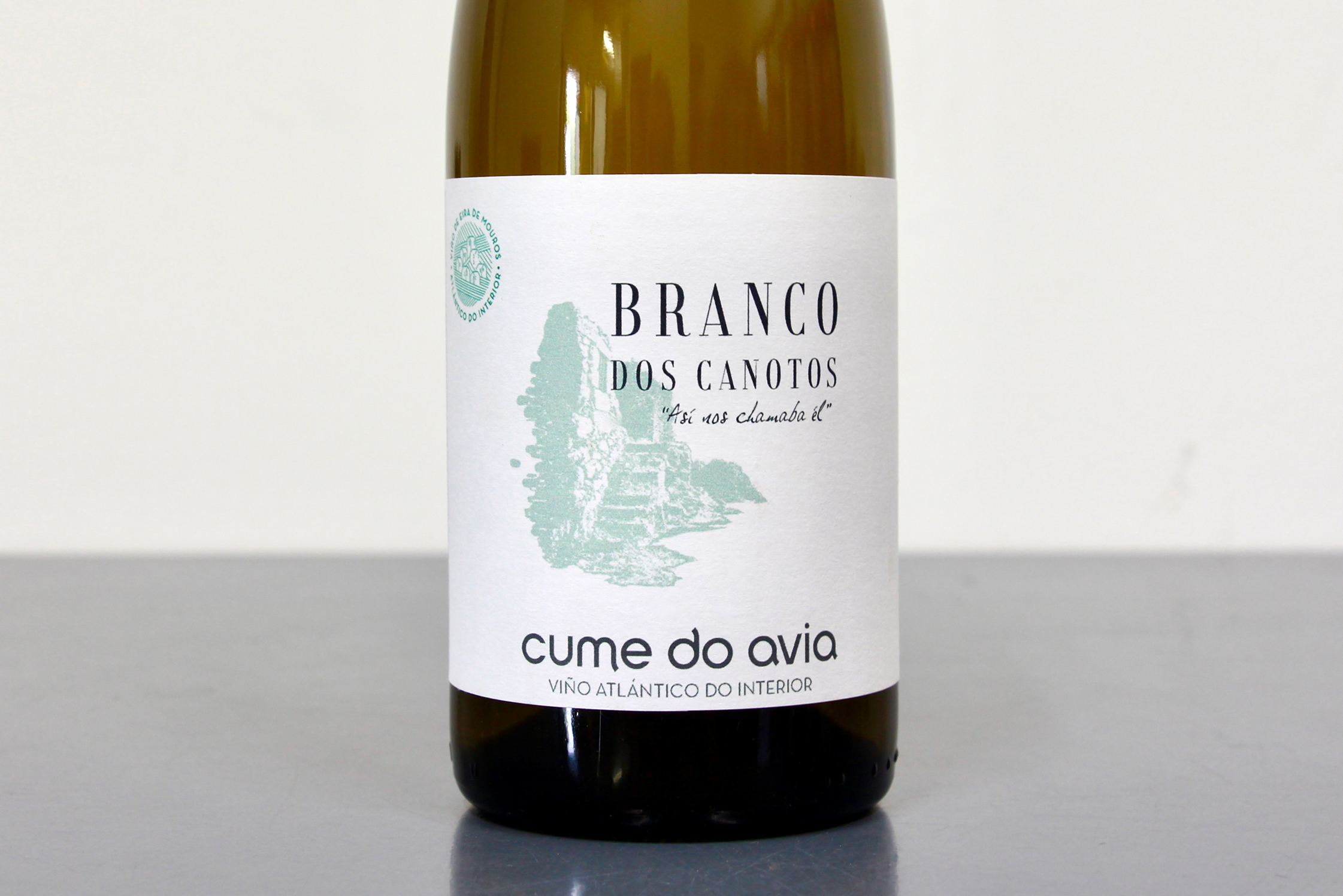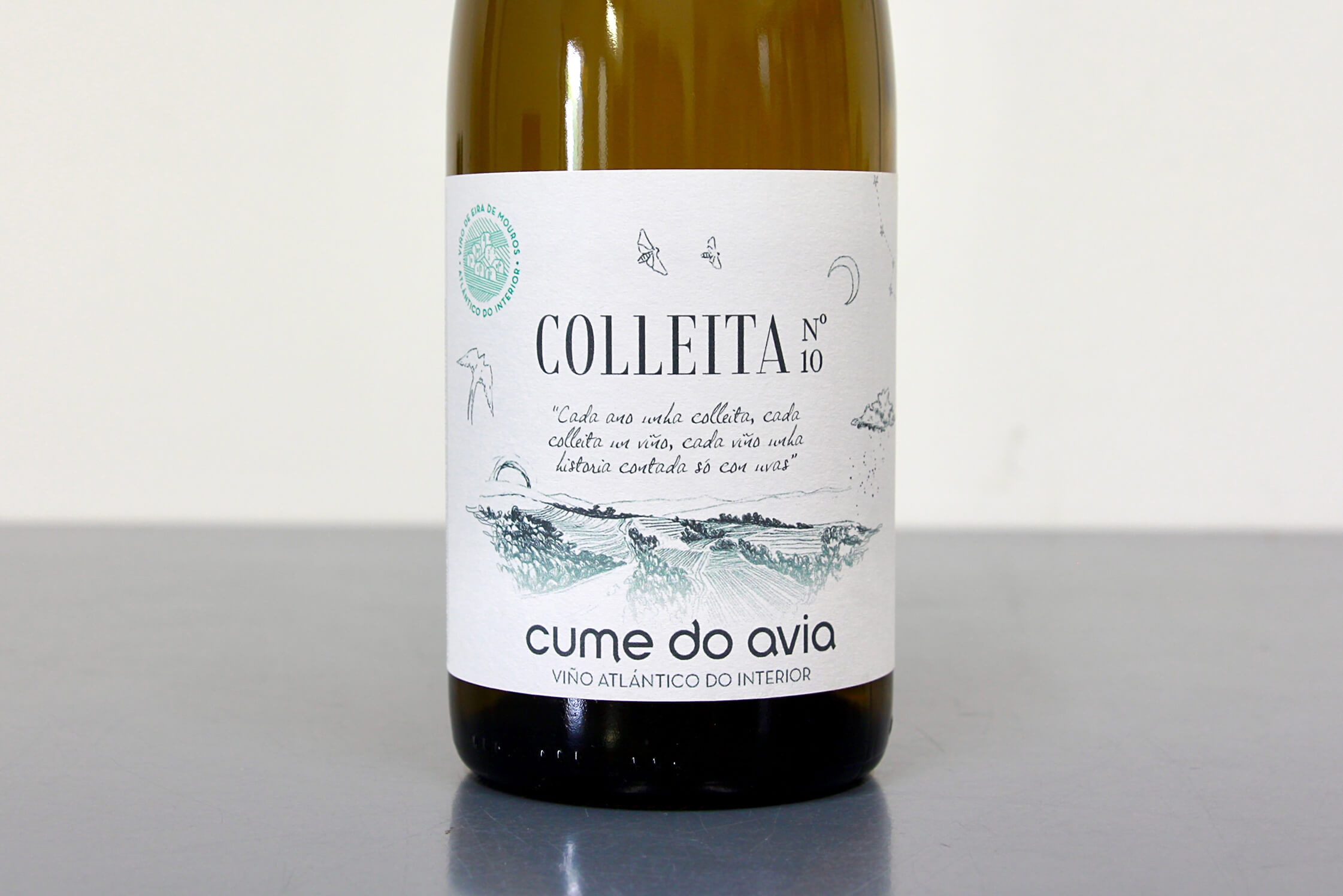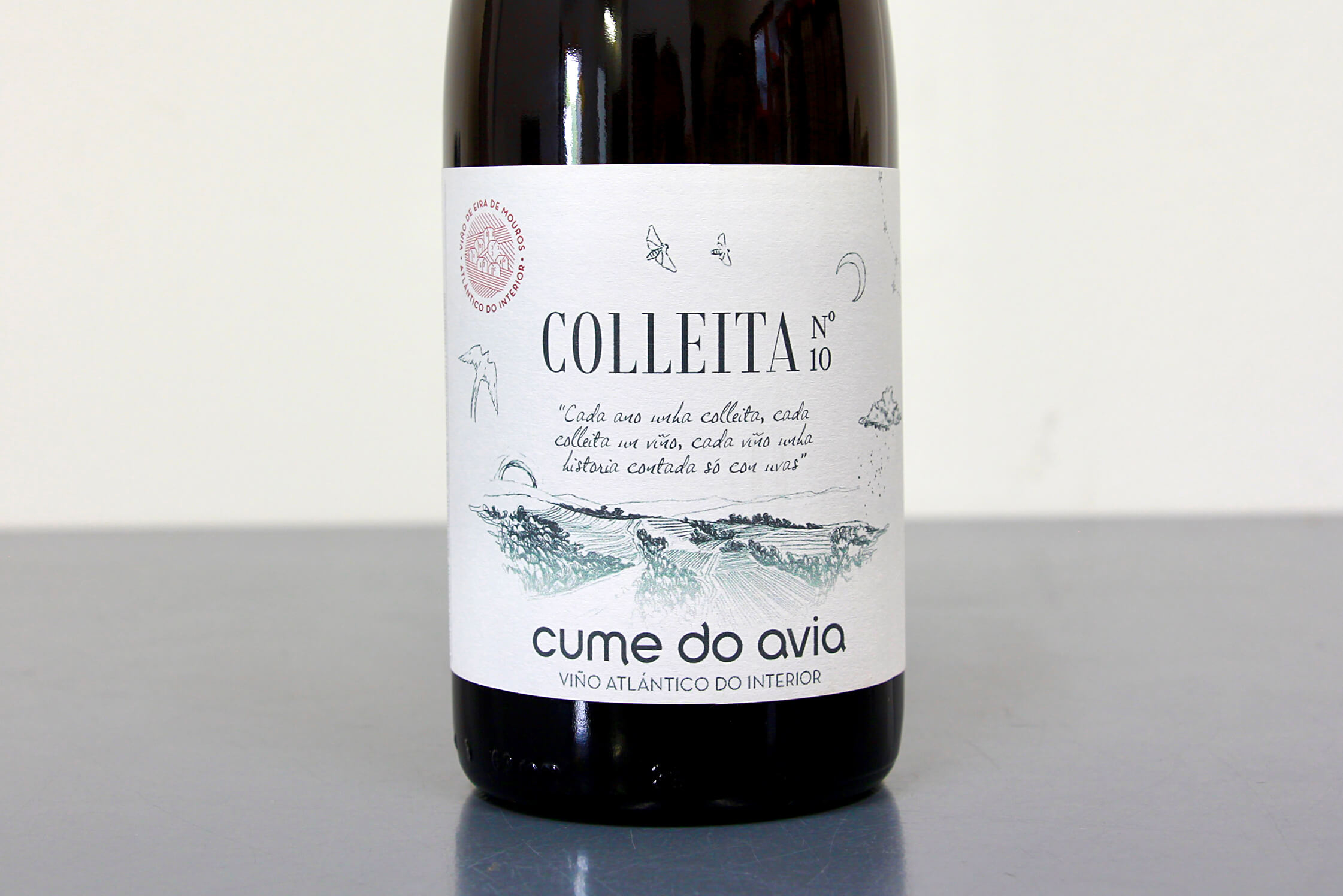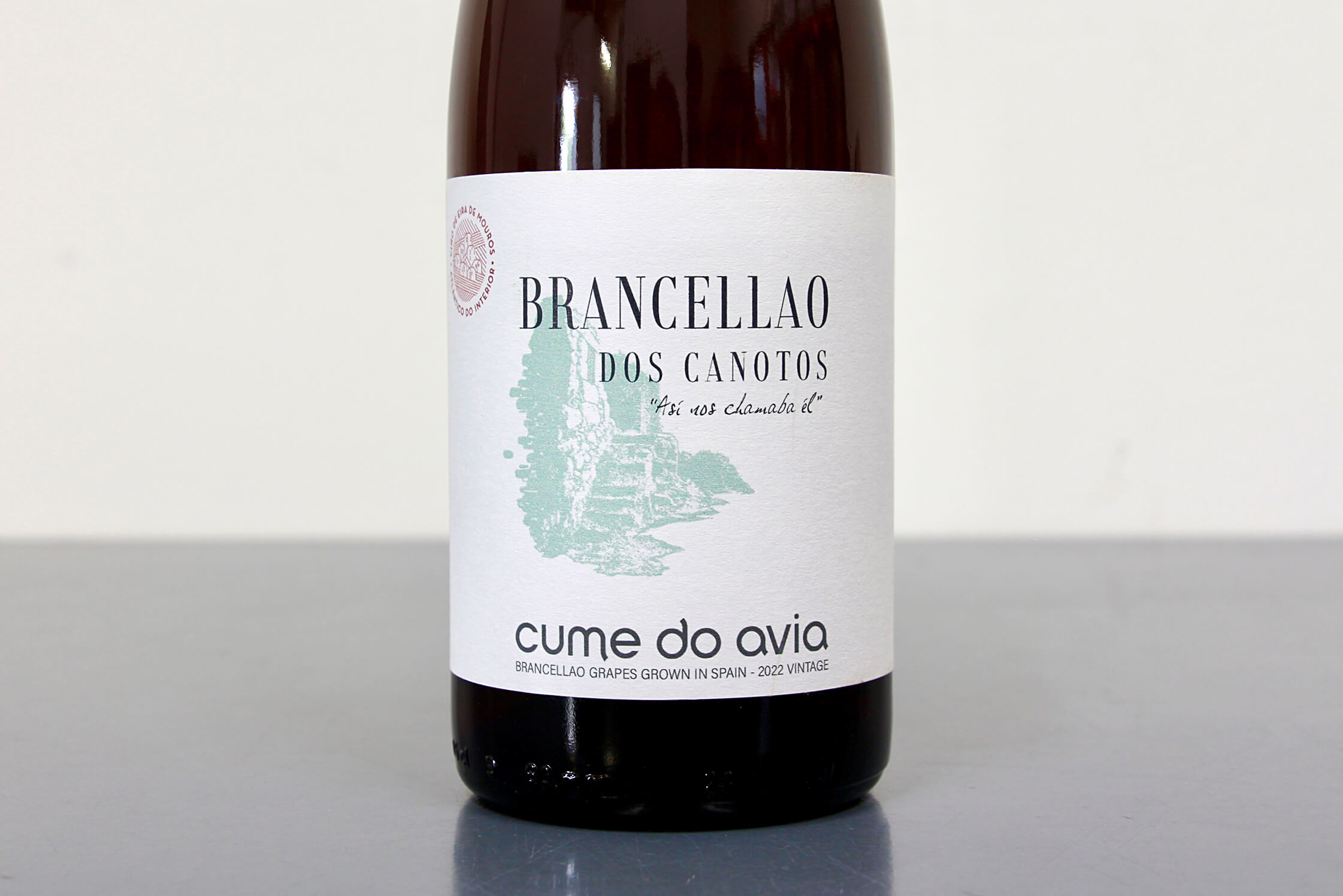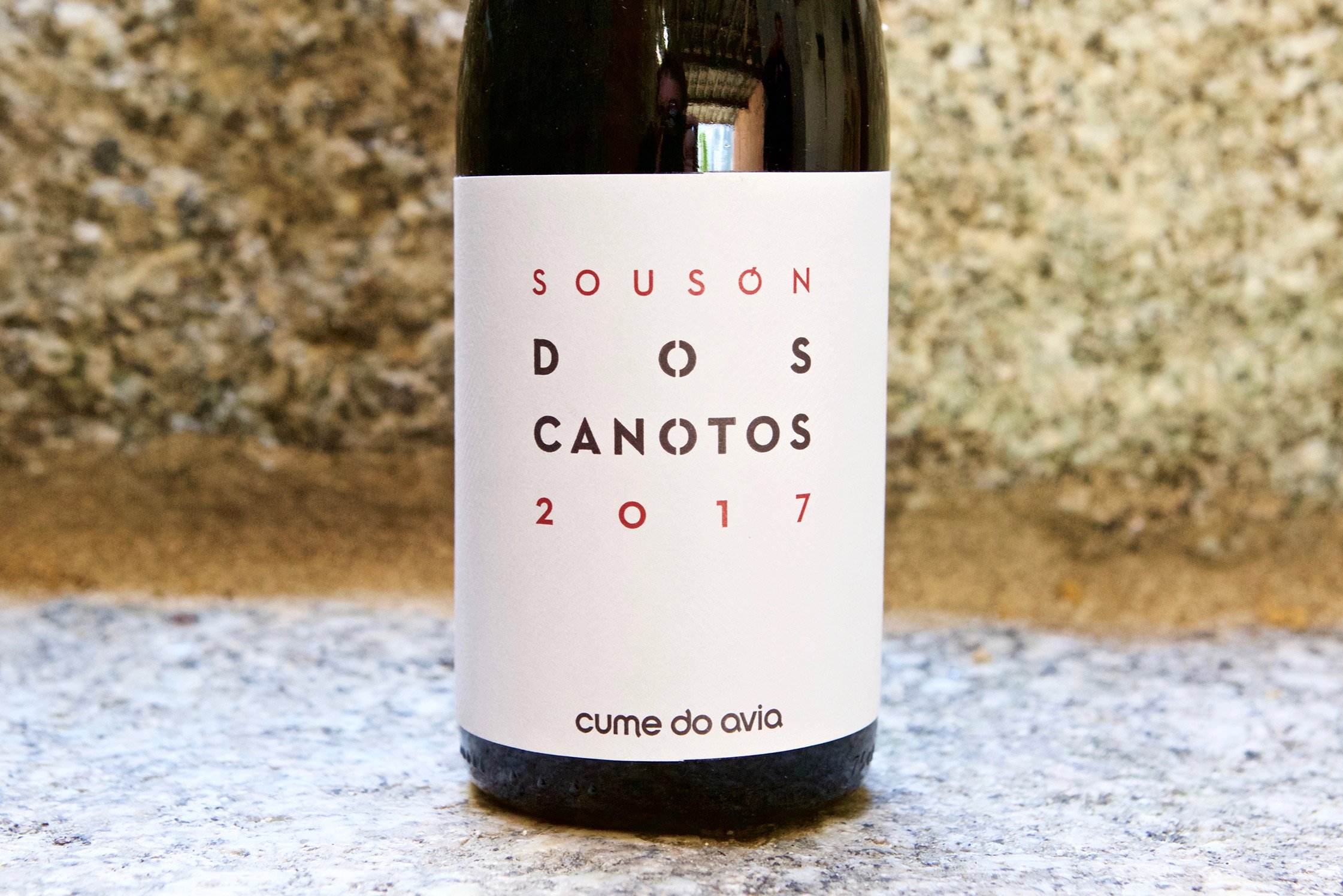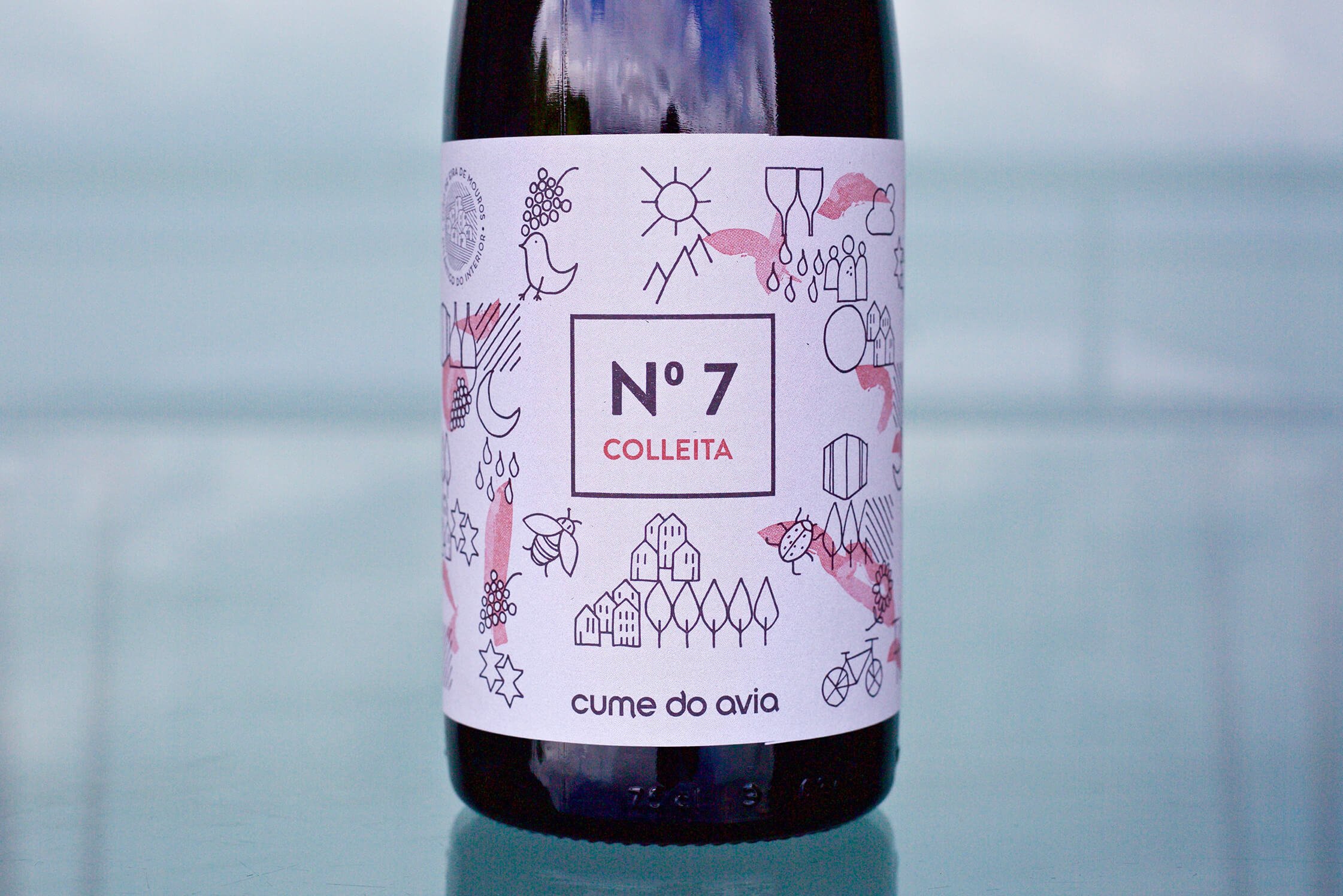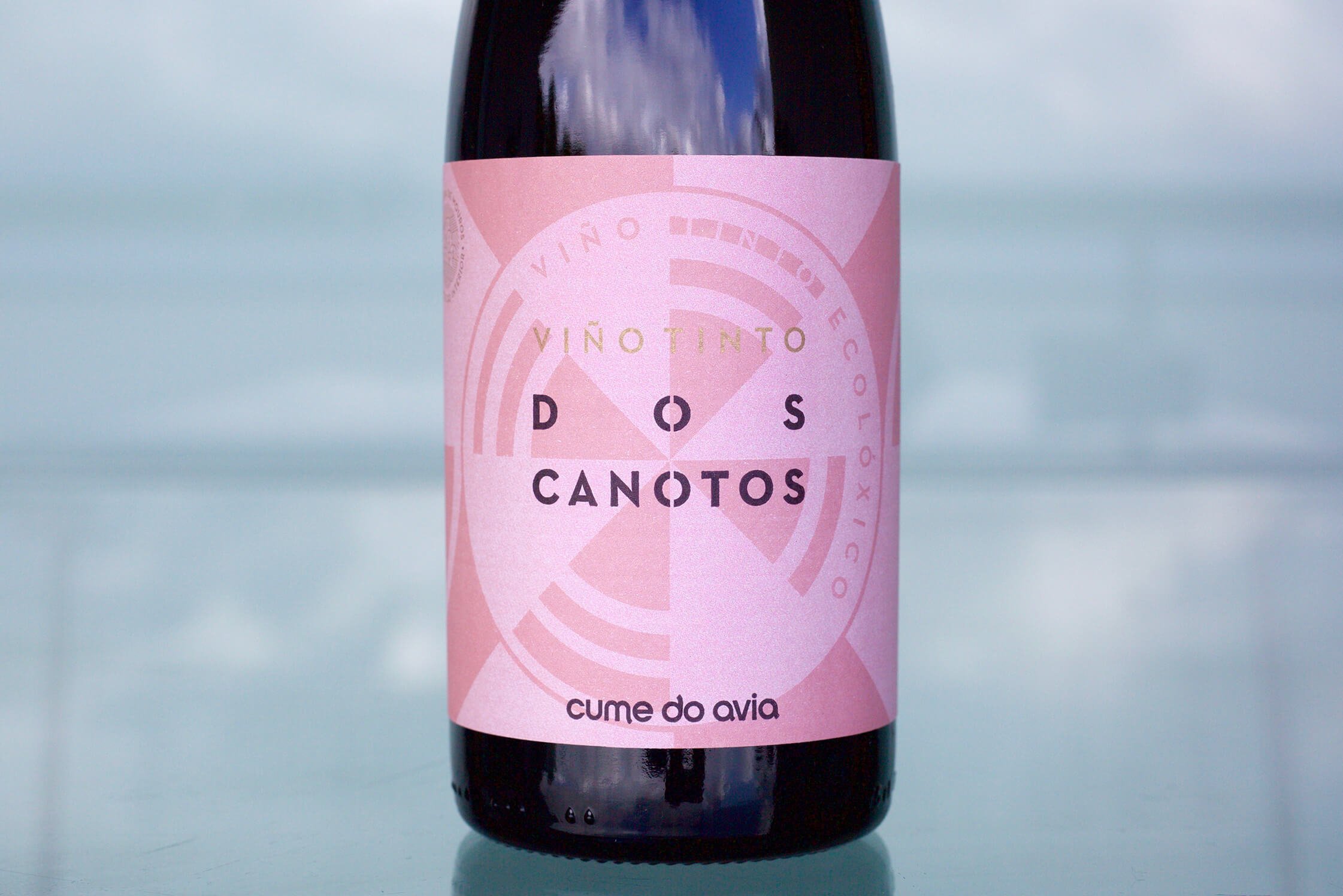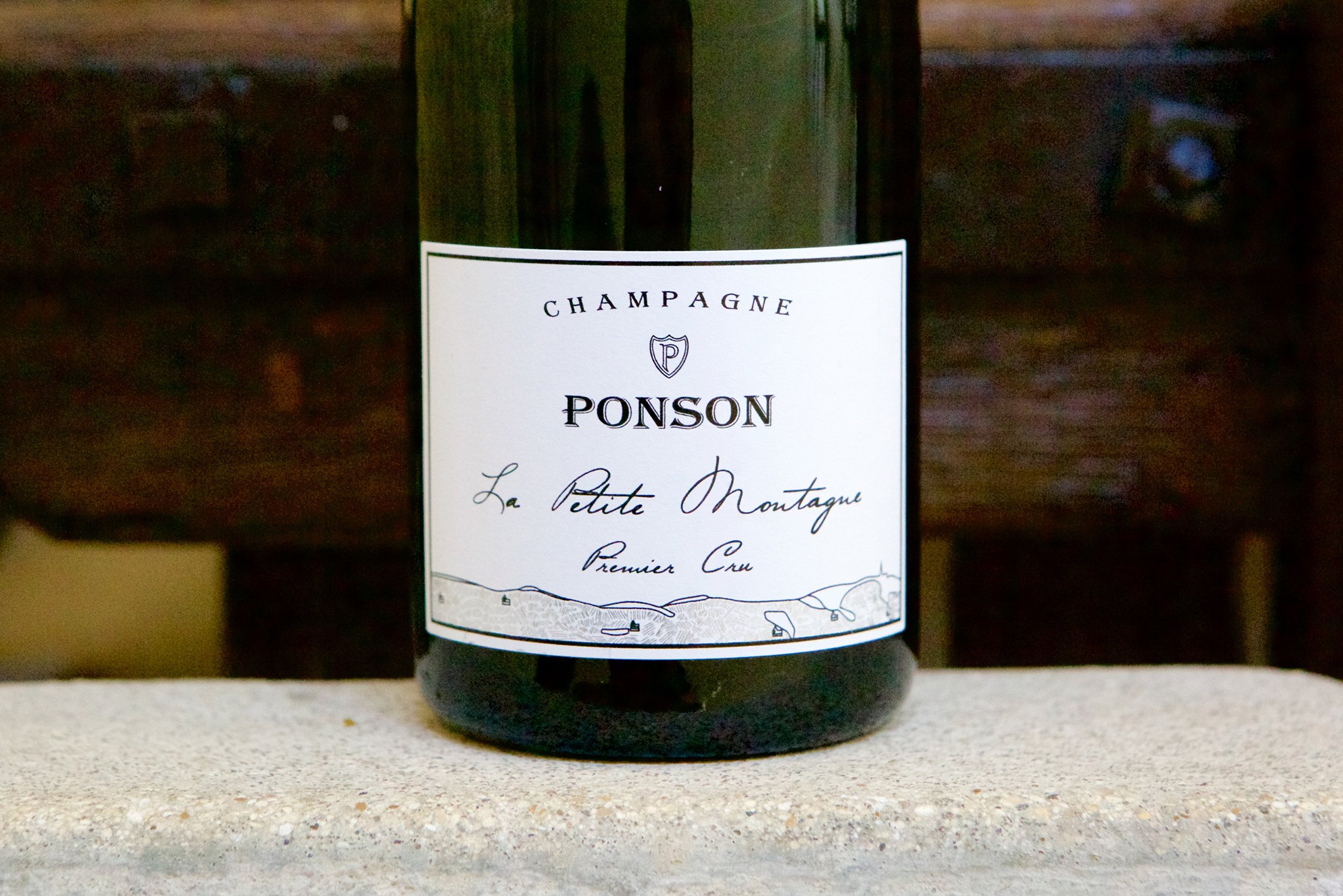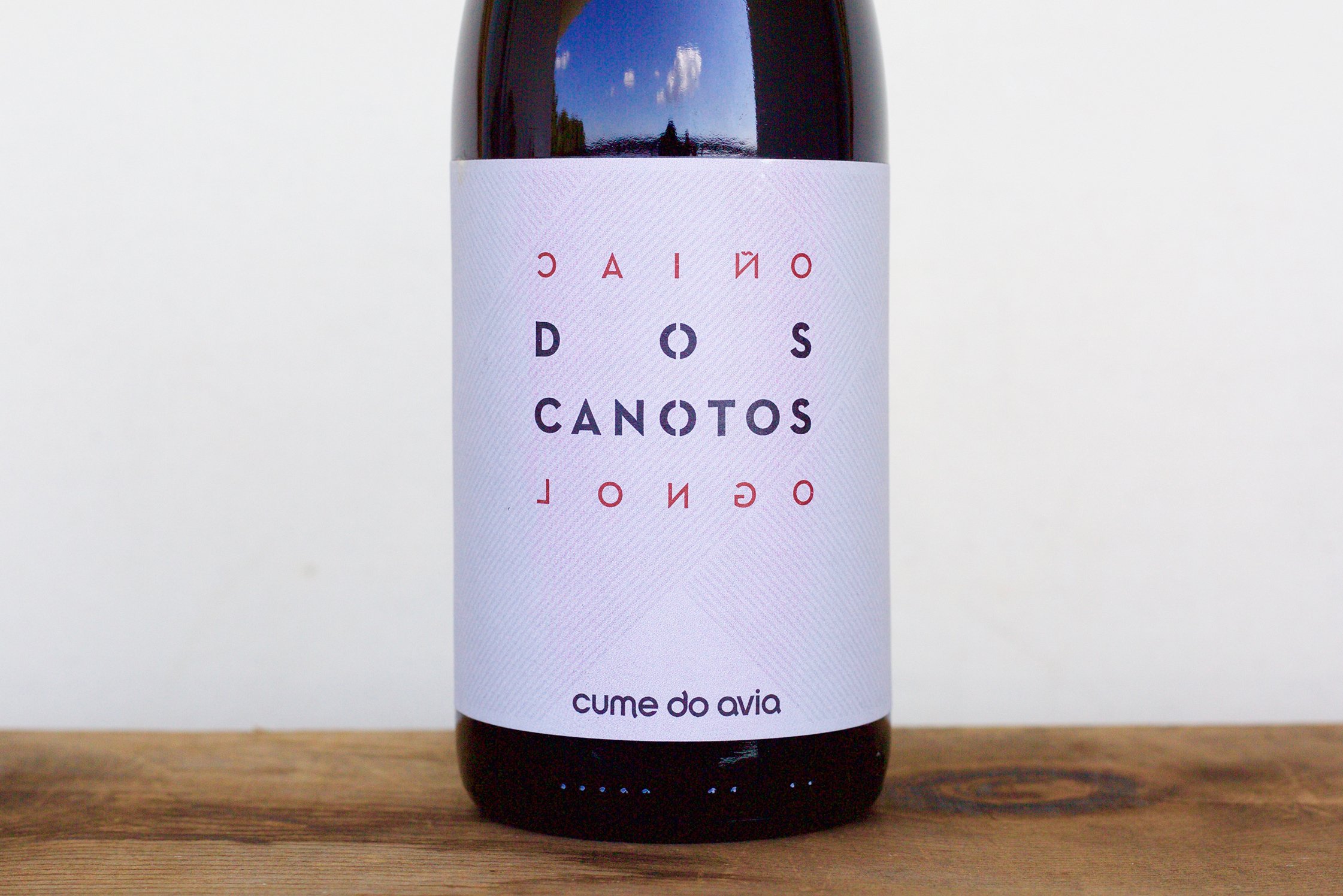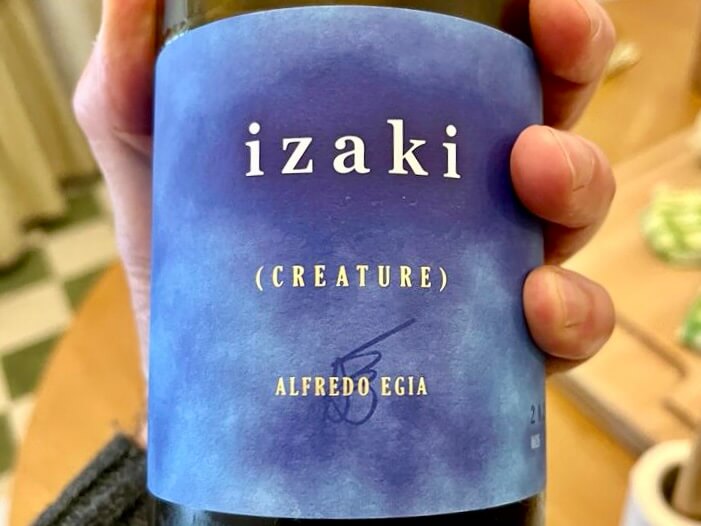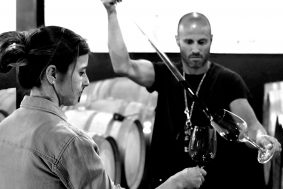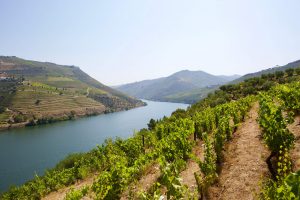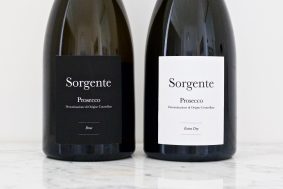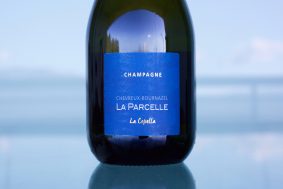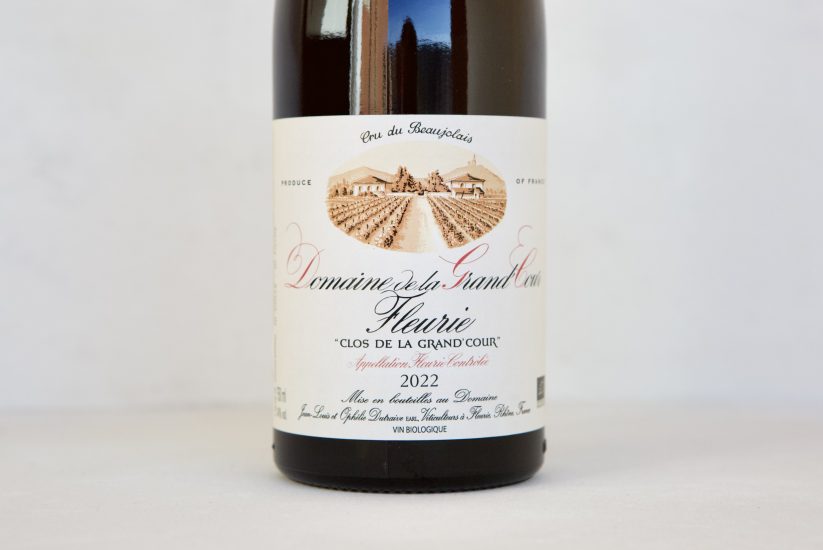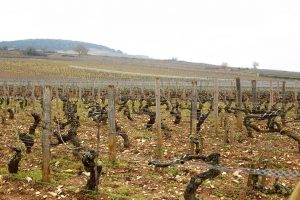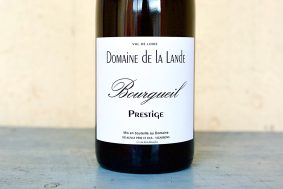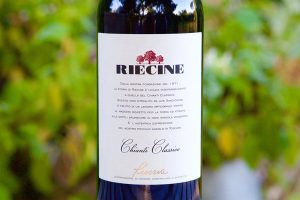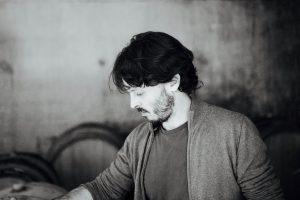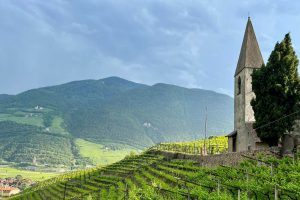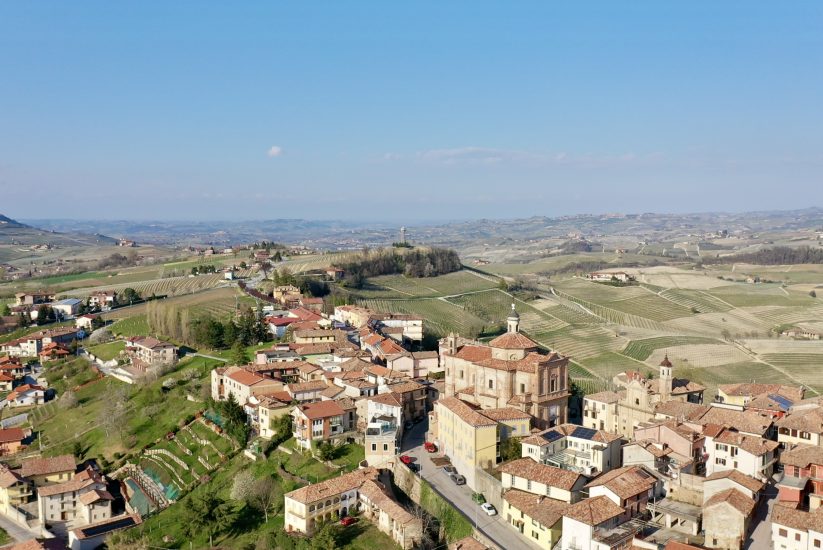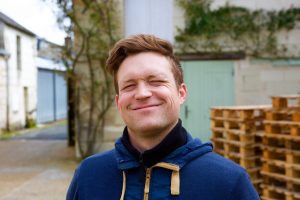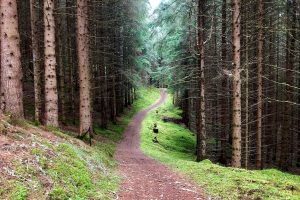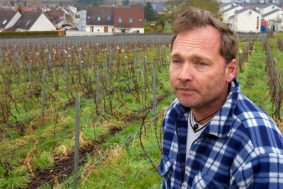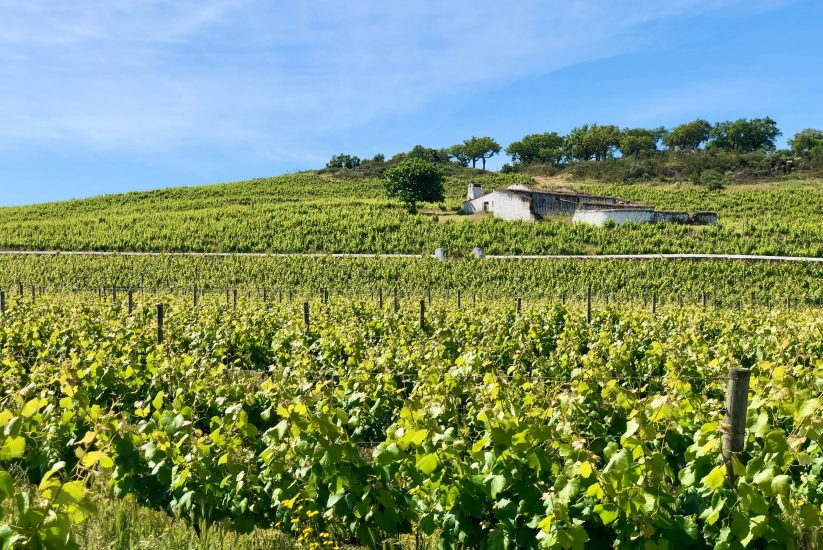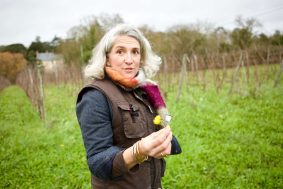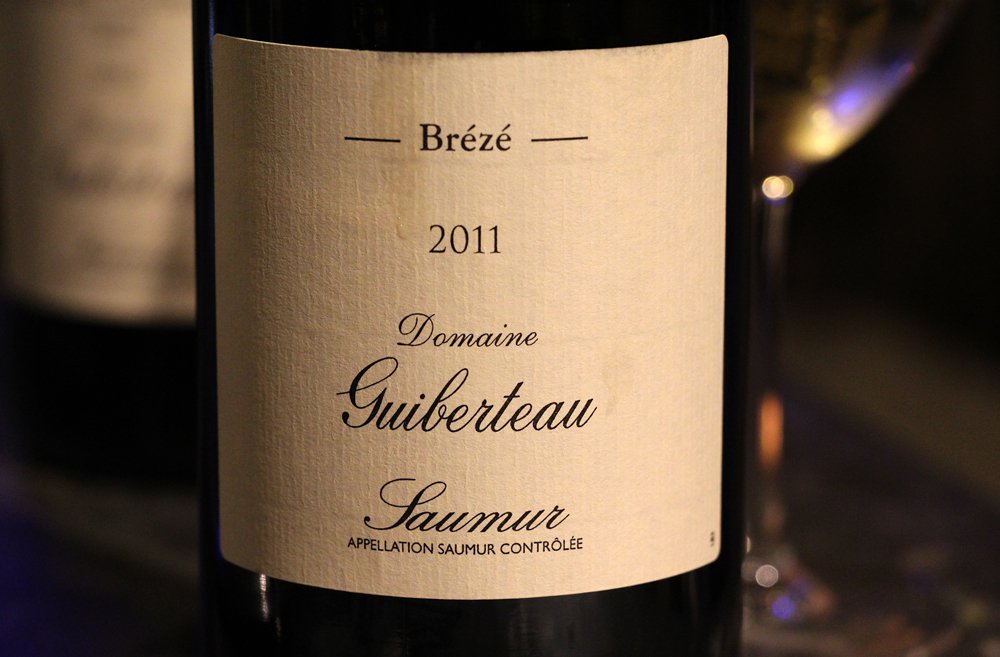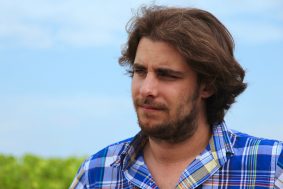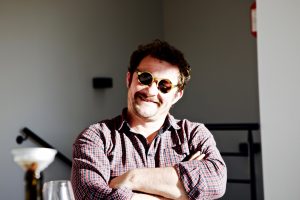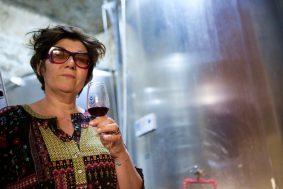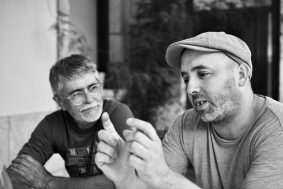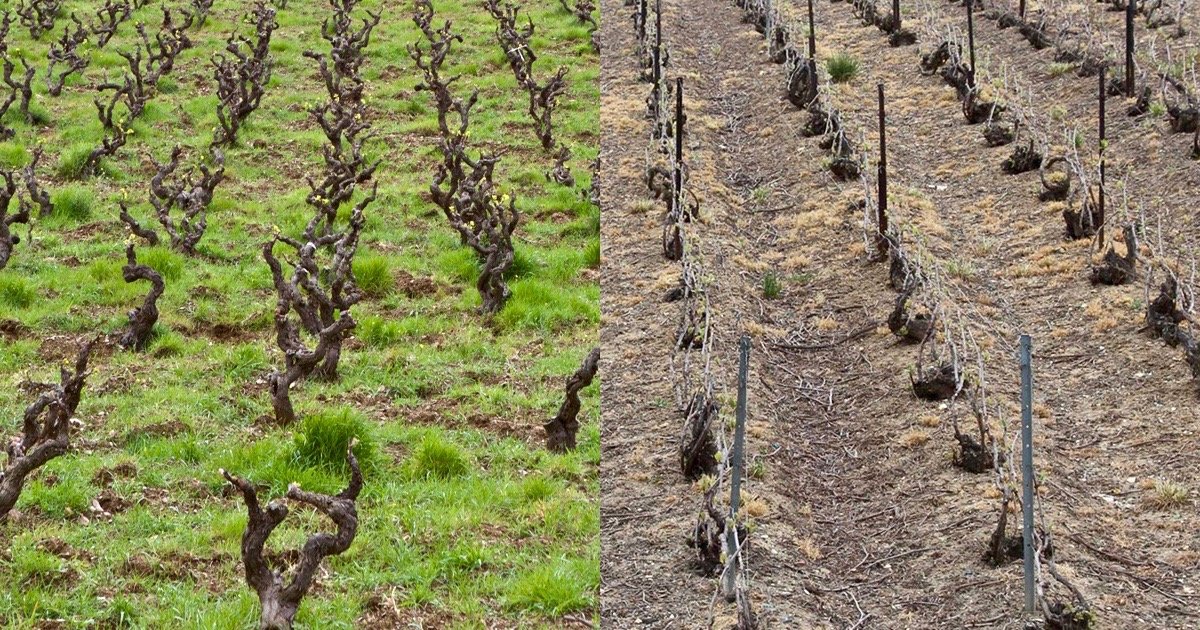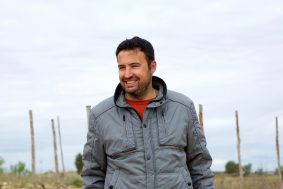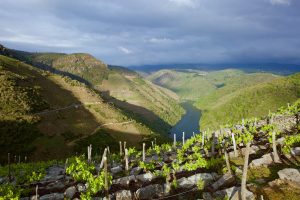An Incomplete Collection of Observations and Considerations. Round One.
The Ribeira Sacra is complicated. There is so much more than what is readily apparent beyond the breathtaking imagery of vertigo-inducing vineyard terraces towering over the silvery, slow-moving rivers far below. Broken up into five general wine regions, it has a greater diversity of grapes, expositions, altitudes, slope angles, bedrock types and topsoil compositions than many other wine regions. This subject is expansive and thankfully, there is now increasingly more useful information about it, thanks to Spanish wine journalism that has begun to focus more heavily on Spain’s backcountry. Luis Gutiérrez, from the Wine Advocate, the team at spanishwinelover.com blog, and the website of importer, Jose Pastor Selections, are some of my go-to references written in English.
One challenge of delving deep into this region comes from the fact that much of its history has been lost for generations to hard times and nearly complete abandonment. The bulk of the historical and cultural details are in Spanish, or even the far more challenging Galician—also called Galego, a regional dialect that combines elements of Spanish and Portuguese with its own individual twist. My goal here is to offer a better understanding of the Ribeira Sacra by highlighting some unique elements within each of the five subzones from a broad, terroir-oriented perspective.
Climatic Considerations
The Ribeira Sacra represents Galicia’s climatic middle ground, with a large variation throughout the appellation that ranges from one extreme side to the other. The climate dictates the “success” of grapes’ growth with regard to the degree of balanced phenolic ripeness they attain. It may seem unusual, but in Galicia there are many different grape types that find balanced phenolic ripeness in a great range of potential alcohol levels, some as low as 10.5%, and others well above 13%. This leads to a multitude of different expressions of wine here, as well as elsewhere in Galicia.
Satellite 3-D imagery has been a game changer, but it may be easier to reference topographical maps rather than Google Earth when it comes to climate, since they better and more simply illustrate in the physicality of the landscape, and therefore the source of potential climate influencers.
On the west and north end of the Ribeira Sacra the climatic influence is more impacted by Atlantic winds and precipitation due to the absence of any significant mountain range. Toward the west, between the Atlantic and the Ribeiro and Ribeira Sacra regions, some small mountains curb the influence of oceanic winds. Over where the Miño river valley flows south through the Chantada and Ribeiras do Miño subzones of the Ribeira Sacra all the way to the Atlantic, the northern Atlantic winds are freer to blow through the river valley and into the region. Then, toward the south and east the mountains rise to higher altitudes and maintain a much stronger continental influence. None of the mountains in Galicia would be considered big, like the Rockies, Alps or Himalayas—although the Galician range is believed to have been comparable, hundreds of millions of years ago. Now they’re short and rounded, topping out at 2,124 meters (6,969 feet) at Peña Trevinca, perhaps just a dozen or so kilometers to the east of Quiroga-Bibei, the easternmost subzone of the Ribeira Sacra. It snows in the higher elevations in winter, a possibility I hadn’t considered until I found myself driving through an unexpected blizzard from Bierzo to the Amandi on my way to an appointment. It can be downright cold here in the wintertime, and blazing hot in the summer. And the differences between the seasons in the Ribeira Sacra have become particularly extreme of late, with some years overburdened by drought, while also suffering unmanageable mildew pressure, and even torrential hailstorms at the worst possible times, often just before harvest.
A Land of Many Rivers
The influence of the main rivers in the Ribeira Sacra is not quite the same as it used to be. Since the introduction of hydroelectric dams as early as the 1940s, when Central Hidroeléctrica dos Peares on the Miño River broke ground in ‘47, and with dam construction continuing today along some watercourses, each river’s influence on vineyard microclimates has changed. In the past, rivers brought the advantage of faster moving airflow, especially during spring runoff that likely helped curb frost issues around bud break by basically pulling the cool air further downstream before it could settle in the vineyards. These dams have also brought notable change to the landscape where the deepest sections of the river now run through areas once covered with vineyards, farmland and housing. This modification also undoubtedly altered the local flora and fauna to some degree, as well as untold other factors in the surrounding microclimates.
The river currents of old also likely helped to balance temperatures during summer months with their continuous flow of cooler water and fresh mountain air through the valleys on hot days. In some locations rivers now resemble thin, meandering lakes, or mini-fjords, where the water is mostly idle, particularly on the reservoir side of the dams. Today, this dynamic along with the fog it creates increases humidity and encourages mildew’s free run into vineyards on the river valley hillsides, often forcing frequent intervention from growers, inhibiting more efficient and ecologically-sound methods.
Rivers alter the topography and create diversity by cutting hundreds of meters deep into the earth, exposing complex geological formations that would’ve otherwise been buried far below the surface.
Flatter vineyards have less dramatic variations, and the topsoil often doesn’t correlate exactly with the underlying bedrock as much as it may on steeper hillside vineyards. With other nearby geological formations, the topsoil of vineyards below them can be easily altered with sedimentary deposits from those at higher altitudes. But in the Ribeira Sacra’s river gorges it doesn’t take but a meter or two to shift back and forth from igneous bedrock to metamorphic, just as it does in so many other Galician vineyard areas further into the countryside, away from the Atlantic and the Rías Baixas wine region.
What’s more is that inside river gorges like most of those in the Ribeira Sacra, there is an abundant supply of exposures and slope angles. This may be a saving grace for the vineyards near these rivers because as the climate changes the growers can shift from the hottest exposures to cooler ones, while maintaining the same superb bedrock, topsoil and all other characteristics imparted by the local terroir. This practice has already taken hold in the area, with many growers exploring potential vineyard sites that in the past would not have been advantageous. But in the coming decades, these more sheltered sites may provide enough refuge to keep businesses afloat instead of being choked out by the sun.
The Grapes
There is a lot more insightful information out there on the grapes of Galicia, so I won’t spend too much time in this section. However, I would advise that any interested parties do their research with a wide variety of sources, as I’ve found some inconsistencies in places that I thought would have been more accurate. (Perhaps Jancis Robinson’s book on grapes is the most ideal source.) I will focus on just a few grapes that I find particularly compelling options that regularly demonstrate that they can compete at a very high level.
In the right hands and the right terroir inside the Ribeira Sacra, Mencia can render a high- quality wine. The proposed descendant of Caíño and Merenzao (a hard parental pair to imagine, given how dramatically different those two grapes are to Mencia from a finished wine standpoint), it can be dark in color, depending on the vineyard exposure: when well-exposed it can get darker, while with greater protection from the sun the grapes tend to be more red than black—as with most red grapes. It can be suave, supple and convivial; it can also channel the terroir with clarity, as demonstrated by so many examples from the better producers in the region.
While Mencia is the most commonly planted grape in the Ribeira Sacra, it is also the most commonly criticized by winegrowers. Their beef with it seems to revolve around its inability to maintain acidity when it reaches its optimal phenolic balance. I’ve been told that its point of origin is likely on the other side of the Galician mountains in the Castilla y Leon, an area where it seems to thrive and maintain solid natural acidity at much higher altitudes. It’s around the Jamuz area where the vines are ancient (more than eighty years old) and grow at altitudes of eight hundred to over a thousand meters, similar to in some higher-altitude areas of Bierzo, where it can also do very well to maintain a decent amount of natural acidity. It’s commonly said that Mencia was not planted in the Ribeira Sacra before phylloxera, but gained ground because of its reliability as a grape, year in and year out. And in a wine region historically as poor as the Ribeira Sacra has been for more than a century, it made complete economic sense—just as when many low-producing grape varieties were ousted all over Europe for other grapes that could generate crops worth growing during hard times.
Sadly, many growers feel obliged to manage the low natural acidity of Mencia by adding tartaric acid from a bag—no thanks. The clever ones dose the blend with other quality grapes naturally high in acidity; or maybe they do it the old-fashioned way and work diligently to find the right hour in the right day to catch the grapes in a moment of perfect natural balance. Best to stick with the top growers to get the real deal. If natural freshness is a cornerstone in one’s wine preferences, look for those grown in cooler subzones and microclimates.
Other Glorious Ribeira Sacra Grapes
We begin with the reds, those with a naturally lighter hue, resulting more often in wines with brighter red tones. They are grapes with greater natural acidity and aromatic lift that when blended with Mencia can take it from a wine on the border of being drab and turn it into a real symphony, with great lift and complexity—that scene in the movie “Amadeus” comes to mind, the one where Mozart makes changes to Salieri’s composition, transforming it from something melodic but also mediocre, to a much more invigorating composition. (watch here)
First we will just touch on the whole of the Caíño family, of which there are numerous biotypes, all with the prefix, Caíño. Caíños are intense. Sometimes they can be snuggly acidic when bottled alone (and even more aggressive in cooler areas, like Ribeiro and Rías Baixas) and will serve well when added to a wine that is missing strength in its acidic spine. That said, I believe this grape has serious untapped potential, and in the face of climate change—coupled with a better understanding of how to grow it—it will surely rise up in the ranks and find more balance. It has everything a truly great family of grapes possesses: naturally good if not obscene acidity in some cases, a fullness in the palate, good core concentration, quality phenolic maturity at lower alcohol levels, and a rare talent for not only channeling its terroir, but giving it thrust.
Then there are the dazzling Brancellao and Merenzao—exciting prospects with a more inviting and gentler acidity than the Caíño clan. Brancellao is perfumed and subtle while maintaining a mouth-filling freshness on a delicate frame; it’s also known in some parts as Albarello. There is mega promise with this grape, as with Caíño. Merenzao is the same as Trousseau, one of the Jura’s fuller-bodied reds (but only fuller within the context of the Jura) and it thrives well in Galicia. Merenzao seems to me more pungently perfumed than the Caíños and Brancellao. It renders extremely inviting wines that are well balanced and lively in freshness. It’s another grape that deserves a big share of land inside a quality vineyard.
The darker grapes such as Garnacha Tintorera (one of the rare grapes with red pulp), Mouraton (a big, dark cluster), Tempranillo (Spain’s most famous red grape, responsible most famously for the wines of Rioja and many of the Duero River appellations), and Sousón are an interesting bunch. Sousón has become a favorite of mine within this category for its virile, beast, dark berry and spicy characteristics; it seems like a giant in waiting for someone to fully unlock, if they can also control its intense power. Known in Portugal as Vinhão (and probably a number of other different names within Iberia), it makes a slightly sparkling, mouth-staining, delicious wine traditionally served cold. This wine is not for everyone, but I happen to love it and believe there is a tremendous potential in parts of Galicia and Northern Portugal if it’s done with great care, higher viticultural precision and with some financial motivation—that is, a good selling price! (There are plenty more red grapes out there that I have little or no experience with, and when more information comes my way, I will work it in.)
Outside of Albariño, many of Galicia’s white grapes have a hard time standing on their own; some would argue that the same is true for most of the reds too. Without the addition of complimentary grapes in a blend, many expose gaps in the overall balance of single variety wines. Thus far, Ribeiro and to a much greater extent, Rías Biaxas, seem more suitable than further east appellations in Galicia (save the fabulous white grape Godello), and this likely has much more to do with climate than anything—in the Ribeira Sacra, we have to accept, at least in this moment of the region’s evolution, that not all wine regions are endowed with red and white wine of equal talent.
Admittedly, I have a relatively limited personal experience with the white wines of Ribeira Sacra, so I’ve yet to find an abundance of compelling examples to warrant in-depth exploration or explanation. If I have the option I always tend to gravitate toward wines largely composed of, or reinforced by, grapes with higher natural acidity, such as Godello, Caiño Branco, Agudelo (Chenin Blanc), or even Albariño, but the latter finds its peak within sight of the Atlantic, especially in Salnés. Perhaps the challenge is that many of the great red wine producers grow white wines in the same vineyards with reds instead of more suitable terroirs that naturally retain freshness without too much trouble. On the optimistic side, maybe it’s just a matter of time before they really begin to hit the mark.
Geologic Setting and Considerations
As I frequently mention in my wine exploration writings, geology is an extremely important factor, and once we are able to isolate specific characteristics in the taste and texture, and perhaps to a lesser degree, aroma, the similarities between geological formations become more apparent. However, it’s important to keep in mind that many of these specific nuances may subtly exist, and sometimes are abstract and personal for most people. These nuances often rest in the background, acting as a secondary support to more pronounced wine traits coming from the grape(s), the conditions of each particular season, and the stylistic influence of the winemaker. That said, in Galicia the geologic setting seems to strongly mark the resulting wines as much as anywhere in the wine world.
Galicia is geologically diverse and home to some of the oldest rock formations within Europe’s wine regions. This range of rocks is credited with what is known as the Variscan/Hercynian orogenic belt—an apt description of how this geological formation is shaped.
Hundreds of millions of years ago a somewhat small but long continent called Armorica (which makes up today’s European massifs: Iberian, Armorican, Central, Rhenish and Bohemian) was sandwiched between the two mega continents Laurasia (home to today’s North America, Europe and Asia, minus India) and Gondwana (Africa, South America, Antarctica, Australia, India) in a forceful collision that lasted for tens of millions of years. The bottom of the ancient oceans of the larger continents were driven below everything (geologists call this subduction) as they lifted and mangled Armorica until it resembled a partially uncoiled snake, or belt.
During orogenic processes (mountain-building events), preexisting rocks can be lifted, subducted, twisted, deformed, and altered in mineral composition due to the extreme heat and pressure in what geologist refer to as “violent events,” although, with the exception of volcanic eruptions, these processes are extremely slow. Those rocks altered by severe heat and pressure are categorized as metamorphic rocks. Depending on the type of metamorphic rock, they may have a particular influence on viticultural and enological practices.
On color-coded geological maps of the Iberian Peninsula there is a unique curvature in the northwest and western parts that starts in the direction of the north and nicely curves toward the east; this is the result of the Variscan orogeny. This collision that joined these three continents created Pangaea, the last of Earth’s supercontinents. Pangaea began to separate about two hundred million years ago.
A Brief Explanation of the Ribeira Sacra Formation from Master of Science in Geology, and PhD student at the University of Vigo, Ivan Rodriguez
The formation of the Ribeira Sacra began about two hundred million years ago. During this period, the northwestern part of Spain and northern Portugal were part of a large island, while what would be the rest of today's Spain and Portugal didn't yet exist.
During the Alpine orogeny, the Cantabrian Mountains—a range that extends from Galicia across the north coast of Spain to the Pyrenees, the mountains that separate Spain and France—began to form sometime between forty to sixty million years ago. These mountains produced changes in the landscape of the surrounding areas resulting in the formation of new watercourses that developed along old tectonic faults. These watercourses, today's Miño and Sil, are the main rivers of the Ribeira Sacra.
Interestingly, granite and slate, two contrasting rock types with very different levels of hardness dominate the Ribeira Sacra landscape and influence the topography of each river valley. In areas dominated by slate, the far softer of the two rocks, the watercourse eroded the landscape to create wider valleys with less steep hillsides. By contrast, the sections of river composed of granite eroded into deeper valleys with steeper, more abrupt rock walls.
The Geologic Connection with Wine
As one might imagine, a lot has happened since the breakup of Pangaea. Some of the Variscan Mountains remain above the water line but are severely eroded, and while we don’t see them named on today’s global maps, their remnants connect many European wine regions in France (Muscadet, Anjou, Alsace, Beaujolais, Northern Rhône, Corsica), Austria (Wachau, Kamptal and Kremstal), many western German wine regions, and Western Iberia (Portugal, and parts of Western Spain, including Galicia and the Ribeira Sacra).
The geological connection between wine regions (not only those remnants from the Variscan orogeny) often shares specific characteristics regardless of the influence of the grape(s) and winemaking. There are indeed likely more characteristic differences between wines grown in different regions, but there are some unique similarities as well. The most notable connections being—at least for myself and many of my wine professional cohorts—the intensity of mineral/metal impressions expressed through palate textures and weight, and the perception of residual pressure and potency of textures on specific locations of the palate. For example, wines grown in granite-based bedrock and topsoil often carry more strength and localized textures in the frontal area of the palate on the finish, while metamorphic bedrock and topsoil can often be the opposite, with textures more weighted toward the back palate. Both of these influences in one wine can bring balance to these perceived strengths, likely making for a wine with a more diverse array of palate textures, and perhaps a perception of greater complexity.
The Ribeira Sacra bedrock is less uniform than what is found further to the west, close to the Atlantic in the Rías Baixas, a wine landscape dominated by igneous rocks, most notably granite and granodiorite, and topsoil derived from these bedrocks. The Ribeira Sacra bedrock is principally composed of igneous (those most common here are granite and granodiorite as well) and foliated metamorphic rocks (most common, from low to high grade, are slate, schist and gneiss). This ensemble of mixed bedrock and soil types can render wines from one place to another quite different, while still remaining true to the overarching regional characteristics of their terroirs. And within these wine regions, there are varying degrees of soil grains, from clay, silt, sand, and gravel, to much rockier terrain. The soil grain seems to influence the shape of a wine (whether it can be described as round, or angular) in a different way than the influence of the bedrock and topsoil mineral composition. Indeed, in the science world ideas and theories that link taste to rock type are considered pseudoscience. But perhaps one day someone will be able to coherently and scientifically explain the mechanics of these perceived differences.
The makeup of the dirt that grapevines are grown in is complicated and there are few regions as complicated in both bedrock and topsoil under a singular cohesive appellation as the Ribeira Sacra. Thanks to the complexity of each microclimate and geologic setting, and the conundrum of Galicia’s lost knowledge for what grapes are most suitable within each specific spot makes for a fun adventure that we have the privilege to watch blossom in our lifetimes.
MsC Geologist, Ivan Rodrigues, in the Valdeorras D.O.
Terroir Overview of Ribeira Sacra Subzones
There are five Ribeira Sacra subzones and each one is as internally diverse as it is expansive. With these subzones the climate is perhaps much more easily understood than the geologic setting.
There are no concrete differences from one subzone to the next, rather gradual changes. In fact, much of the geographical separation is based on their respective monastic histories.
Because of the chaotic arrangement of different rock formations and the overall size of the entire appellation, specific vineyard sites within each subzone takes greater precedence (a general rule to follow in the entire wine world rather than adhering to broad generalities, not only with the Ribeira Sacra) because even within many vineyards the bedrock and topsoil can completely change only a few meters apart, especially inside river gorges with deep complexities as those of the Ribeira Sacra. And the difference between wines made from the same grapes and techniques in the cellar on differing bedrock types can be starkly clear to more experienced tasters, but this is nothing new to the wine world.
Starting in the furthest east of the appellation, abutting another Galician wine region, Valdeorras, is the subzone Quiroga-Bibei. This subzone is the most influenced by what can be described as either a Mediterranean sub-humid climate, or a continental one, due to its predominantly mountainous terrain. It has drier and hotter summers, cold and even potentially snowy winters, high average altitude, and a multitude of rock types between granite and a large range of metamorphic rocks, with the dominant one slate, and to a lesser degree black schist, quartzite and the glandular gneiss known as Ollo de Sapo—named after its appearance like a “toad’s eye.” There are also four notable tributaries (Bibei, Jares, Lor, and Navea) to the Sil River. Within these five river valleys and the surrounding lower altitude hills offer a large range of ideal exposures and quality viticulture land. This subzone seems to be a sleeping giant within the Ribeira Sacra; its only real challenge is that it’s even further into less charted territory and far away from a strong commercial center.
Amandi is the most famous subzone in the Ribeira Sacra. Here, this central subzone has a concentration of successful bodegas that started to garner greater global attention in the mid-2010s. Its notoriety is a combination of breathtaking vineyard land inside the Sil River gorge and high quality production due to a lot of consistent ripening (at least historically), with an assortment of privileged positions compared to other areas in Galicia. This makes for a large range of wine styles, many of which are surprisingly accessible. But the most important element is the strong and energized collection of progressive winegrowers with a desire to create clear identities, along with a history of proactive local commerce handed down through generations. These restaurants and stores make a concerted effort to sell and deliver their wines directly to the main non-wine producing city areas, like Santiago, Lugo and A Coruña. Ribeira Sacra wines still maintain favorable commercial positions in the larger urban areas because they had already established their wines in those markets before global interest in the area increased significantly. This extra effort from the previous generation gave the Amandi a head start over the other subzones.
Located only on the north side of the Sil River, the Amandi is slightly farther from the mountains than Quiroga-Bibei. However, the continental climate still prevails in the extremes of the season, with big summertime temperatures that can bring dryness and more treacherous weather, and at the worst times of the year. Spring frosts and summer hailstorms can clip the region’s already naturally low potential crop. And the Atlantic can force its way in, increasing mildew pressure by bringing in more humidity and rain. Climatically, this subzone is on a two-front battle with nature, and these growers undoubtedly feel the fiscal brunt as a result.
Like all of the subzones of the Ribeira Sacra, Amandi has a variety of igneous and metamorphic rocks—Ollo de Sapo (gneiss), slate, quartzite—but doesn’t have a large presence of schist compared to other areas in Ribeira Sacra. Inside the Sil river gorge many terraces are precariously steep. The topsoil depth is shallow, making for greater susceptibility to the effects of drought, but in wetter years it has an advantage over vineyards with deeper topsoil that may have naturally higher water retention. It’s also harder to work, not only because of the physical difficulty, but the lack of help; if people are even available, few are willing to participate in the backbreaking work on the hard hillside vineyards—a common problem in all steeply pitched wine regions, everywhere.
Not all of Amandi’s vineyards are on such precarious hillsides. In fact, only about 40% are inside the river gorge, while much of it is outside on more manageable land where mechanization is easier—or at least possible—and those vineyards still worked by hand can be a little less backbreaking. The range of altitudes in this subzone varies greatly, somewhere between two-hundred-and-fifty to six hundred meters. Deeper topsoil vineyards are often at higher altitudes on flatter areas—a relative term for the area. For comparison, think France’s Northern Rhône Valley appellation, Saint-Joseph, where there are many vineyards on steep hillsides, but there are also those within the appellation at higher altitudes on much flatter terrain. These diverse vineyard settings create a greater variability in the overall impression of Saint-Joseph. Those on steep, rocky hillsides are typically more concentrated, muscular, dense, angular, and “vertical” (one of the few common and abstract ways some use in the wine trade to assign an actual sensory impression descriptor that often relates to vineyards grown on very rocky terrain with little topsoil, like a steep hillside). Wines grown on deeper topsoil and higher up on the hills behind the main slopes are likely more “horizontal” in shape, and often render rounder wines with softer lines and less angularity. But once again, the specific site and the skill and stylistic choices of the winegrower take precedence over all things here, just as it does in the Ribeira Sacra and elsewhere.
Amandi on the left, Ribeiras do Sil on the right
Across from Amandi on the Sil is the subzone, Ribeiras do Sil. As one might expect, much of the geological terrain in this subzone is the same as Amandi on the other side of the river, except for its largely northern vineyard expositions inside the river gorge. Also, there may be a greater degree of erosion on the Amandi side of the Sil because of thousands of years of cultivation. Today, as in the past, the Ribeiras do Sil side is often at a disadvantage when it comes to ripening, compared to Amandi. However, it may become the place to be, what with the unrelenting temperature increase and extreme weather patterns due to climate change. Many of the great producers within the Amandi also have vineyards here—undoubtedly a smart move for the future.
Farthest west and north, on the opposite side from Quiroga-Bibei, are the subzones, Chantada and Ribeiras do Miño. With headwaters around seventy kilometers north of Lugo, the Miño River meanders through this old Roman settlement and continues toward the southwest, finally spilling into the Atlantic after its final eighty-kilometer stretch as a natural, physical border between part of northern Portugal and Spain’s Galicia. Only thirty or so kilometers south of Lugo the subzones, Chantada (on the right/west bank) and Ribeiras do Miño (on the left/east bank), follow the Miño south and end near the merging point of the Sil and Miño. Just as it is with the Sil, the Miño has many hydroelectric dams and is one of those places where some spots have the appearance of a long lake rather than a river.
Fazenda Prádio vineyards in Chantada
Adega Saíñas’ vineyard, O Boliño, with Pablo Soldavini
What is most notable about these areas compared to the other three subzones of the Ribeira Sacra is the increased influence of the Atlantic Ocean. This results in cooler temperatures and much more precipitation, with an average of about two hundred millimeters of rain more than Amandi and perhaps even more than Quiroga-Bibei. The wines here should have a greater potential for higher tones and fresher acidity with fully ripened grapes than the other subzones—leaning in style more toward the neighboring appellation to the west, the Ribeiro. However, much of this depends on the stylistic choices of the winegrower and what limits are imposed by any given year. The cooler areas are in the north, but the temperature differences inside this fifty-something kilometer stretch of land are not dramatic, and again have much more to do with each specific terroir.
Both generalizations and concrete truths are difficult to make in the Ribeira Sacra, and Chantada and Ribeiras do Miño are no exception. While a lot of the vineyard land snugs up to the Miño, there is an abundance of factors that can change the overall impression of the wines: the proximity to rivers, the rock and dirt, mildew pressure, grape selection, slope, altitude, topsoil depth and composition, ripening due to exposure advantages (which in some cases can now be disadvantages with the chaotic weather from one vintage to the next), bedrock and topsoil composition. Yes, a lot to consider, but it all shows up in the wine.
The Miño traverses a series of diverse geological systems. And with one look at a color-coded geology map it’s easy to see that it’s a complex topic, which helps us to avoid generalizations in any of the subzones (beyond “it’s complicated”) when it comes to bedrock composition. Perhaps if all the land were planted it would be easier to say what dominates, though there does seem to be the potential to find just about every metamorphic rock (with a great diversity even within each category of slate, schist and gneiss) and intrusive igneous rocks (granites, granodiorites, etc) under the sun with a lot of sedimentary depositions (sandstones and perhaps even some limestones from the Cantabrian mountains) along the Miño, but it depends on each specific location. To make things more complicated, most geological maps are color-coded by different geological time frames, not actual rock types. Sometimes the only option in determining a general idea of what rocks were most likely created during a given geological time period in a specific location is to make an educated guess.
Final Thoughts, For Now
When in pursuit of quality wine, there is one simple suggestion to follow in the Ribeira Sacra, as in the rest of the world: Follow the producer. By following specific producers you will begin to understand the story of each wine’s vineyard or vineyards, how, and even more importantly, why the winegrower made the specific choices they made in their vineyard and cellar work. Compelling wine is made by serious people, period. Every vineyard has its own unique setting, and serious growers take into account as many factors as possible, from the big picture down to its molecular mechanics.
The problem in the Ribeira Sacra is that there are not yet very many serious growers like there are in the world’s most famous and well-established wine regions. However, this renaissance has just begun, and those who are at the forefront are some of the wine world’s most interesting minds.
What is most interesting and exciting about Galicia wine is that there are no laurels to rest on.
Like so many wine regions being rediscovered, these curious Galegos have returned to a wild backcountry to rediscover lost ancestral knowledge. They must enter with inexhaustible diligence and perseverance to continue learning and growing to even achieve economic survival on this path. They have to live with open minds, and to think deeply about what they are doing, and why. This is why we are in a special time for Galicia. This is why I am drawn to these people and this ancient place. They are living their dreams and they do it with infectious and relentless energy and enthusiasm.
